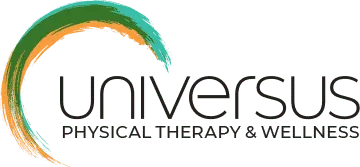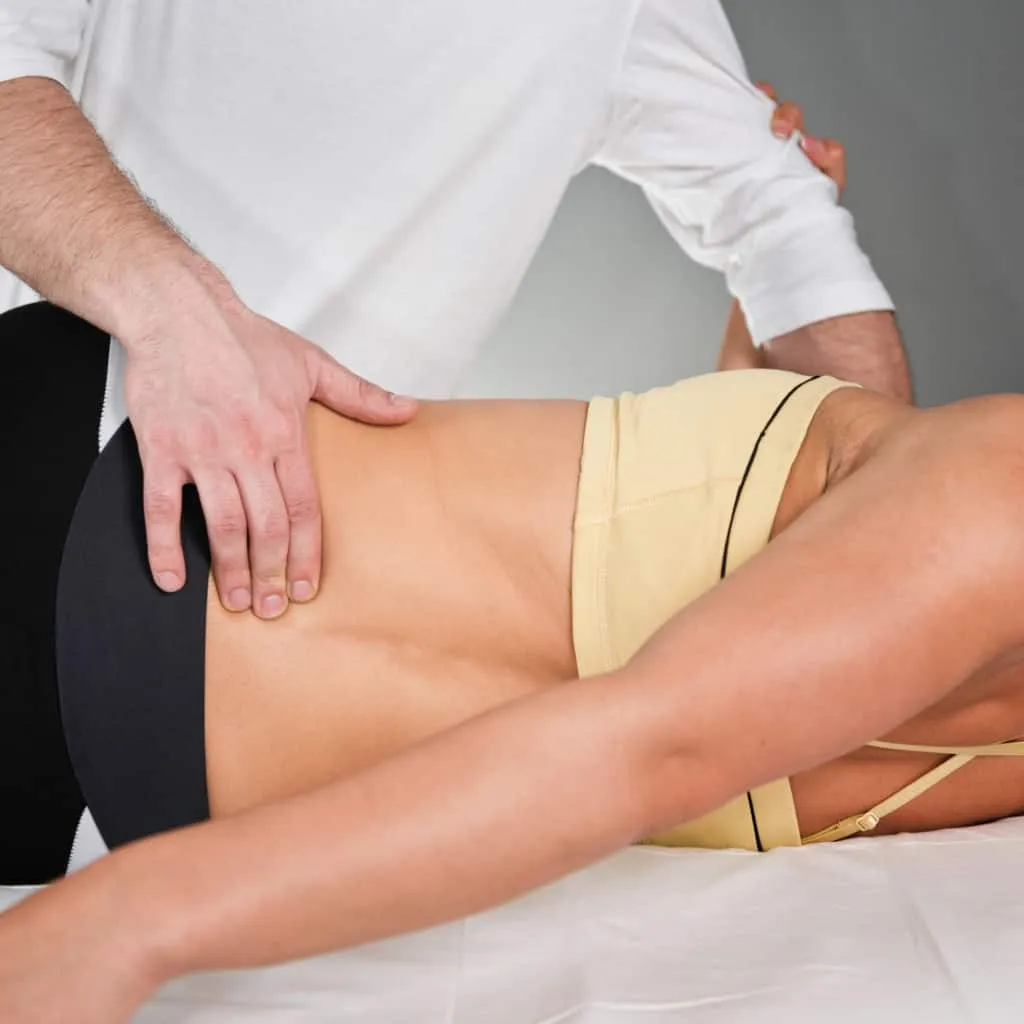As physical therapists, when we talk about Myofascial Release Therapy (MRT), we’re talking about a specialist technique and specific form of manual therapy that we use to help alleviate pain.
A particular type of pain originates from restrictions in the myofascial tissues – the connective tissues that support your muscles.
We’re not talking about the kind of myofascial release that massage therapists claim to use during spa-style massages.
We feel it’s essential to make that distinction because it can be confusing – especially if you book a treatment with a spa therapist that offers “myofascial release” as part of their standard message services, and you believe it’s going to provide the same lasting results as myofascial release therapy given by a physical therapist.
But unfortunately, most of these types of massages that claim to include myofascial release offer nothing more than a temporary sense of relaxation.
More Blogs From Universus:
What Are The Warning Signs Your Partner Has Pelvic Problems?
Maintaining Strength As You Get Older
Should I Consider Paying out of Pocket for Physical Therapy?
What Is Myofascial Tissue?
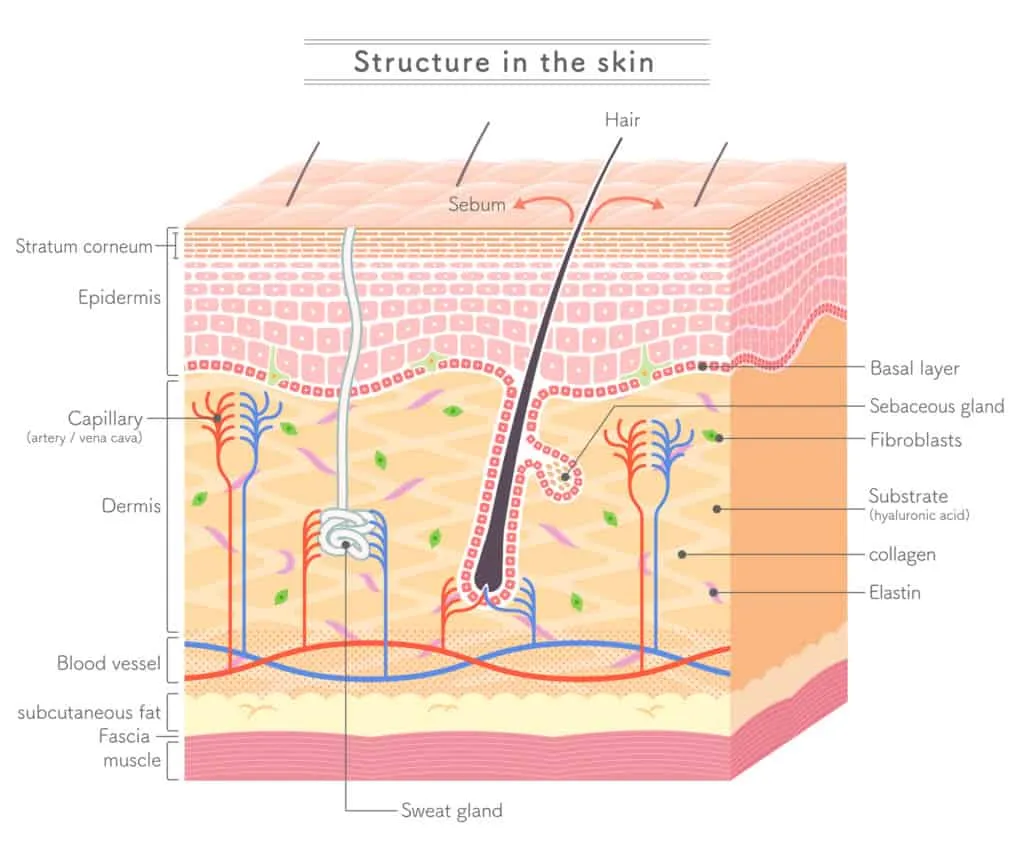
Myofascial tissue, or as it’s more commonly called the “fascia,” is a network of thin sheath-like connective tissues that spread across the body and connect to the bones, joints, muscles, organs, ligaments, and everything in between.
These connective tissues support your various organs and everything else inside your body and help keep them in their proper positions.
If you look at a picture of the fascia, it appears like a single fine layer of tissue. However, it’s made up of multiple layers that join together.
Within these layers, a special type of liquid called hyaluronan helps the fascia stay flexible and allows unrestricted movement.
But if the hyaluronan gets sticky, thick, or begins to dry, it can lead to restrictions, pain, and discomfort.
So, any soreness, pain, or stiffness that you feel could be because of restrictions on your fascia.
When pain comes from the fascia, it differs from other kinds of pain that specifically relate to injured joints, broken bones, or torn ligaments because the origin of the pain happens where the myofascial tissues overlap.
But it is difficult to determine the exact spot because myofascial pain tends to radiate and spread to another region of the body.
Typically, myofascial tissues are movable and elastic. But it impedes regular movements in your joints and muscles if they become tight.
But since the body tends to modify our movements to compensate for the loss of function, it can lead to further tightness without us knowing it.
Over time this rigidity that occurs in response to old injuries, accidents, and physical and emotional stress becomes the cause of the discomfort and pain.
What Is Myofascial Release Therapy?
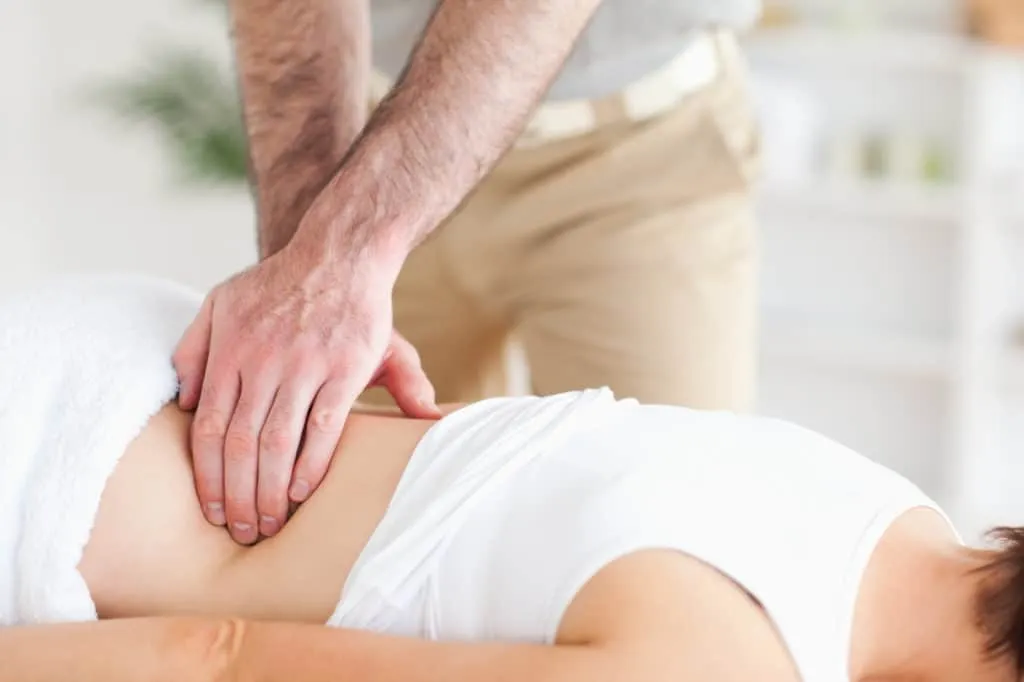
When performing myofascial release therapy, we examine your fascia by carefully feeling your myofascial tissues to identify particularly stiff and taut spots.
We call these tight areas “myofascial restrictions” or trigger points. These are the points where the pain originates, but it can also radiate to other areas of the body.
In our experience, the most common areas where fascia tends to become taut include the back, jaw, calves, lower back, shoulder, arms, hips, feet, head, and quadriceps muscles.
So, if you have pain in any of these areas, it could be coming from your fascia.
However, many people confuse myofascial restrictions with muscle knots.
But they’re quite different, and it takes a professionally trained myofascial release therapist to spot the difference.
Muscle knots are superficial tender spots on the surface of a muscle. In contrast, myofascial restrictions are rigid bands of fascia that are much deeper and harder to treat.
For this reason, myofascial release therapy isn’t quite as relaxing as a spa massage treatment because chronic myofascial restrictions can be sore, especially when we stretch out the fascia to allow it to release – sometimes decades of stress, tension, and old scar tissue.
In certain situations, we might also use additional equipment like a myofascial release ball or foam roller to help release the tight fascia.
But while there may be some initial soreness, it is never painful, and even after one session, you should notice some immediate relief from your normal levels of pain, stiffness, and better or range of motion.
How We Locate Myofascial Trigger Points
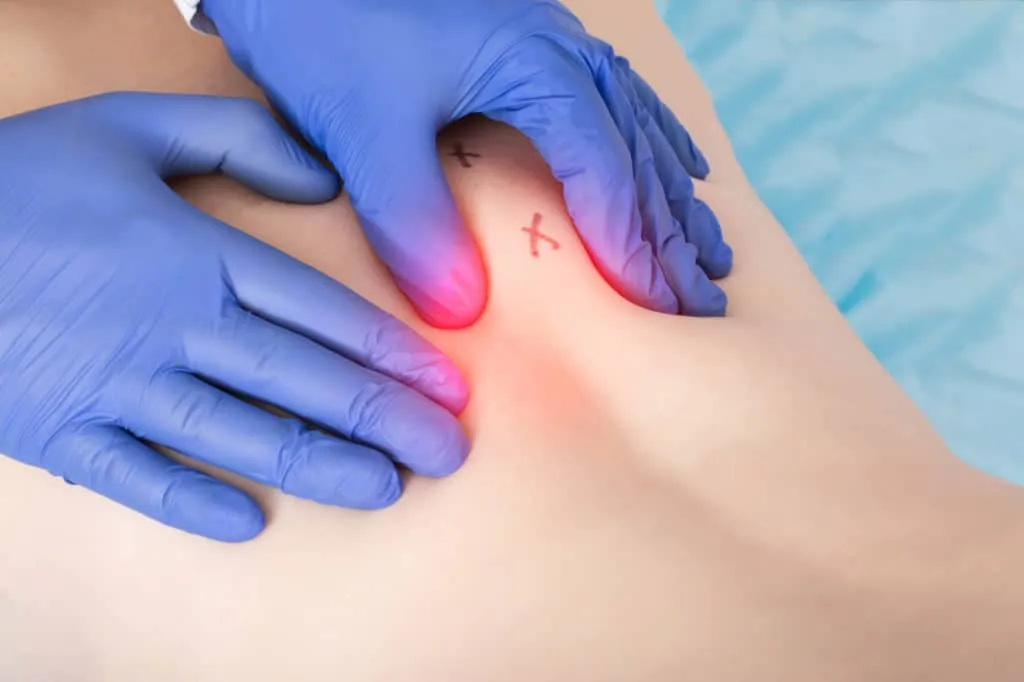
In myofascial release therapy, there are two kinds of trigger points a) primary and b) secondary/satellite.
When a primary trigger point occurs in any muscle, it hinders your natural movement.
If you don’t treat this primary trigger point, over time, other muscles may start to compensate for the movement restriction to get around the initial injury and cause more “myofascial restrictions,” resulting in a satellite or secondary trigger point.
For mild pain, you can try to locate the trigger point of your pain at home by gently rubbing around the painful spot to determine whether there is any tautness or “restrictions” around the area.
You may need to massage the tight area in a downward motion to locate the trigger point. You’ll know when you find it because you’re likely to feel a mild shooting pain that moves outwards. That’s your trigger point.
However, identifying the difference between a primary and satellite trigger point is challenging unless you’re a trained physical therapist.
So, while it may be possible to locate trigger points at home, it is best left to a qualified therapist trained in myofascial release therapy to identify what is causing your pain and to fix it for you properly, so it doesn’t return.
You could have myofascial restrictions deep within a muscle or behind a bone, making it incredibly tricky to get to and release without expert training.
As trained physical therapists and myofascial release experts, we know the anatomical connections and patterns that govern the human body.
We know the most effective ways to reach and relieve the restricted fascia and how to reduce inflammation and pain.
What Are The Benefits Of Myofascial Release Therapy?

Some of the major benefits of myofascial release therapy include:
How To Prevent Myofascial Restrictions

The best way to prevent myofascial restrictions and keep your body functioning and moving well is to have regular physical therapy and myofascial release therapy.
However, there are some things you can do at home to help to keep you flexible and free from restrictions and pain.
-
If you find specific spots in your body that feel tight, you can try massaging them for 5-10 minutes every day to relieve stiffness and prevent restrictions from forming in your fascia in that area. But you should only apply gentle pressure if you have soreness and pain. If the location feels tender, then that is likely where the stiffness is originating. Gently massage the tender spot until you feel a sensation of “loosening and release .”Once you find relief in that area, you can move on to other tight areas.
-
Using a foam roller, you can also try introducing a regular mobility practice into your daily routine. This practice doesn’t provide the same results as myofascial release therapy with a physical therapist, so it’s unlikely to fix existing problems. But it can prevent restrictions from forming in your fascia in the first place and improve your mobility. But it isn’t as simple as it looks – it takes some practice to find and release restrictions using a foam roller. So, the foam rolling technique usually works best after a physical therapist has shown you how to do it properly.
Even though the process of myofascial release can be uncomfortable at points, it shouldn’t be excessive.
So, it’s essential to monitor your own pain threshold and apply just the right amount of pressure so that you don’t cause damage or intensify any existing pain.
If you experience shooting pain or an increase in chronic pain levels, this is an obvious sign that you’re on the wrong track.
If you experience any of these symptoms, we recommend you stop self-myofascial release and consult a professional physical therapist.
Myofascial Release Therapy: Important Points To Consider

You should always consult your physician before commending new types of therapy, especially if you have any existing medication conditions or are on medication.
We also do not recommend myofascial release therapy if any of the following apply to you:
Complimentary Myofascial Release Consultation
If you’re thinking about myofascial release but are unsure whether it’s right for your specific circumstances.
We offer all of our new patients an opportunity to have a free 30-minute consultation with a physical therapist to learn more. Book yours now.
